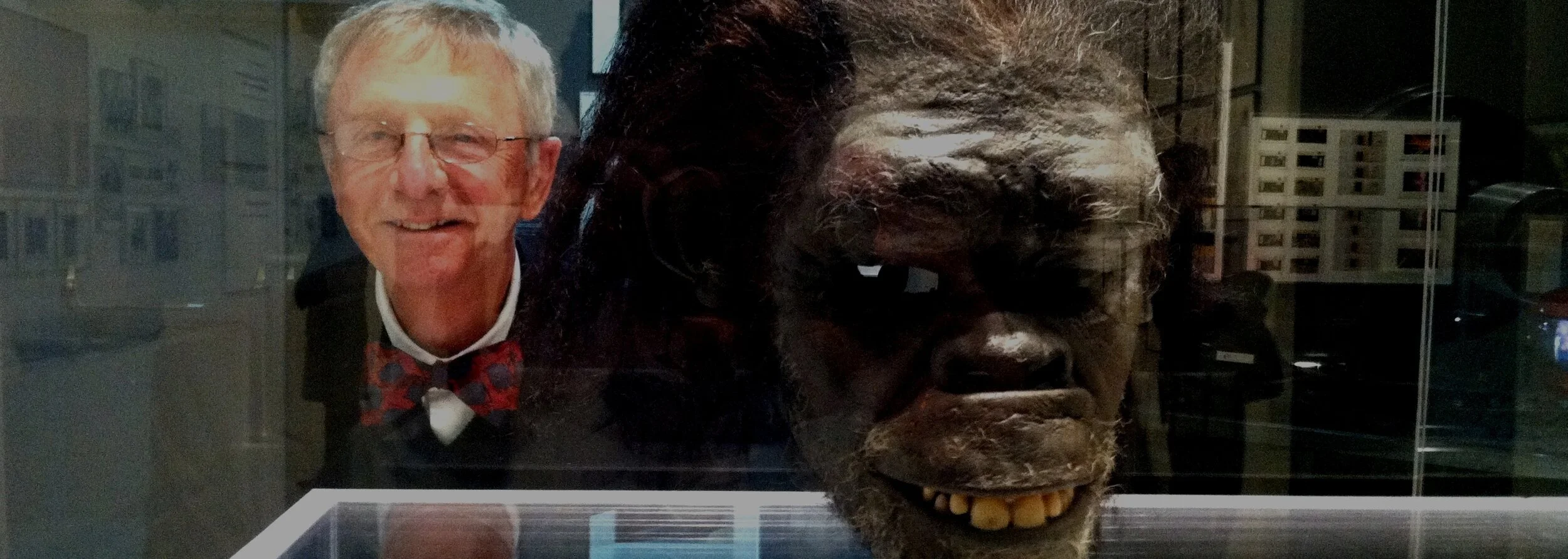Oltre a svolgere con successo la professione di cinematographer, sei tra i maggiori esperti internazionali di fotografia cinematografica. Hai aggiornato il manuale classico Cinematography insieme all'autore originale Kris Malkiewicz, sei co-autore dell'undicesima edizione dell'American Cinematographer Manual e hai scritto numerosi articoli sul tuo lavoro per varie riviste di settore. Cosa ha acceso il tuo interesse per la fotografia statica, la cinematografia e le immagini in generale?
Durante l'infanzia, mio padre era aviatore della Marina americana e fotografo dell'unità alla quale era assegnato; sono cresciuto guardando diapositive dei suoi viaggi. Usava una Nikon SP telemetro e una Yashica 44-2 TLR.
Dove ti sei formato o hai studiato? Chi sono stati i tuoi primi insegnanti o mentori?
Ho iniziato a girare film a 16 anni, ma sono andato alla scuola di cinema solo a 26, quindi sono in gran parte autodidatta. Durante gli anni universitari passavo molto tempo nelle biblioteche, leggendo libri e riviste di cinema e poi applicando quanto appreso ai miei cortometraggi. In seguito, ho frequentato CalArts come studente di cinema. Il mio mentore lì è stato Kris Malkiewicz.













